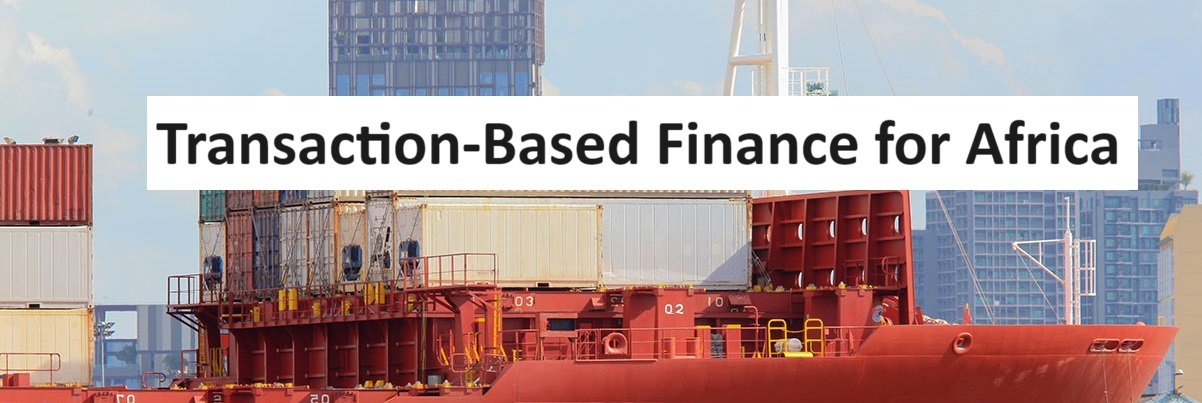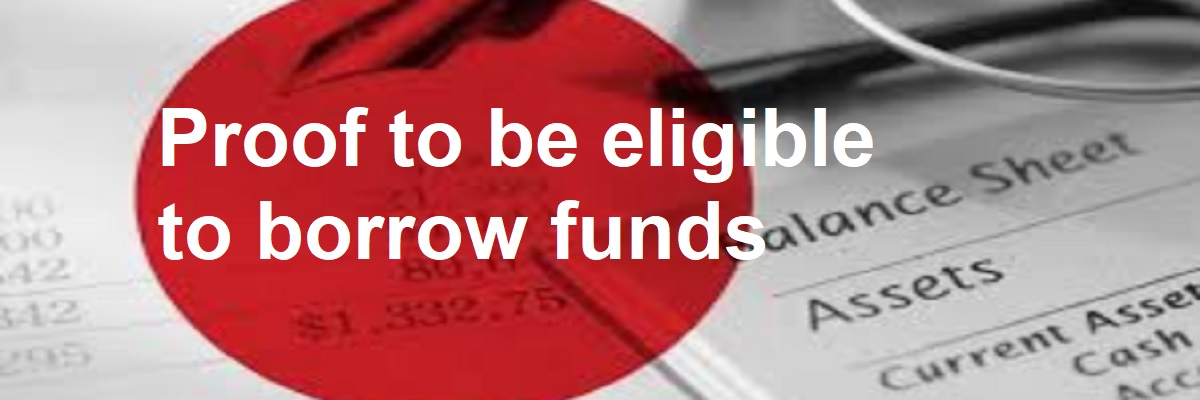
Qualifying for mezzanine financing for a large business or project requires meeting specific requirements and following certain steps. Here are the essential basics and steps involved in the mezzanine financing process:
1. Established Business:
Have an established business with a proven track record of revenue generation, profitability, and cash flow. Mezzanine financing is typically available to businesses with a solid financial standing.
2. Growth Plan:
Develop a comprehensive growth plan that outlines the strategies and initiatives for expanding your business. Highlight the potential for revenue growth, market expansion, and profitability that can be achieved with mezzanine financing.
3. Strong Financial Performance:
Demonstrate a strong financial performance with stable revenues, consistent profitability, and positive cash flow. Provide audited financial statements, tax returns, and other financial documents that showcase the financial health of your business.
4. Asset Base:
Have significant tangible assets, such as property, equipment, inventory, or intellectual property, that can serve as collateral for the mezzanine financing. The value of these assets provides security to the lender and enhances your chances of securing financing.
5. Experienced Management Team:
Assemble a strong and experienced management team with a track record of successfully managing and growing businesses. The expertise and capabilities of the management team are important factors considered by mezzanine lenders.
6. Growth Potential:
Demonstrate the growth potential of your business or project. Showcase the market opportunity, competitive advantage, and scalability of your business model. Provide market research, industry analysis, and projections that support the potential for growth.
7. Mezzanine Financing Application:
Prepare a detailed mezzanine financing application, including a business plan, financial statements, growth projections, and any other required documentation. Submit the application to mezzanine lenders or financial institutions specializing in mezzanine financing.
8. Due Diligence:
Mezzanine lenders will conduct due diligence to evaluate the creditworthiness and viability of your business. This process includes a thorough analysis of your financials, business operations, market position, and growth potential. Prepare to provide additional information and answer inquiries during the due diligence process.
9. Term Sheet and Negotiation:
If your application is successful, the mezzanine lender will issue a term sheet outlining the proposed terms, including interest rates, repayment terms, conversion rights, and any other conditions. Negotiate the terms to ensure they align with your business objectives and cash flow capabilities.
10. Legal Documentation:
Once the term sheet is agreed upon, work with legal counsel to draft and finalize the mezzanine financing agreement and related legal documents. These documents will outline the rights, obligations, and terms of the financing.
11. Disbursement and Utilization:
Upon signing the mezzanine financing agreement, funds will be disbursed to your business. Utilize the funds as outlined in the growth plan and execute the initiatives to drive growth and achieve the projected results.
12. Repayment and Reporting:
Repay the mezzanine financing according to the agreed-upon terms, including interest payments and principal repayment.
Provide regular reporting to the lender, including financial statements, performance updates, and any other information required by the financing agreement.
It’s important to note that the mezzanine financing process may vary depending on the specific lender and transaction. Engaging with experienced professionals, such as financial advisors and legal counsel, can provide valuable guidance and help navigate the intricacies of mezzanine financing.
If you would like to discuss this further, please use the reply form, or call 00353860325153. This number also works on Whatsapp, Signal, Telegram and WeChat.
| Banks must have a balance between the assets they hold or have in custody and the credit lines to customers. This relationship has become increasingly stringent over the past decade. Banks have many illiquid assets that do not allow them the necessary maneuverability to open lines of credit. For this reason, banks are looking for liquid collateral that can counterbalance the relationship between assets/loans, allowing banks the ability to operate within central bank regulations. NOTE: We make available to our contracted clients guidelines to successfully structure project finance with the help of third-party collateral and Prime Bank Guarantees. It is widely read by private sector investors and lenders who intend to make project finance deals. |

Funding African Trading Transactions

The Power of a Loan Agreement

A helpful Strategy to attract Investors

How a Loan Agreement can attract investors.

Proof to be eligible to borrow funds

How to benefit from a Loan Agreement if you don’t have collateral.

How to benefit from a Loan Agreement asking for collateral.

How a Loan Agreement can get you in funds.

Why should a client provide a Mandate and place a retainer to get a bank instrument and credit enhancement service?
Not satisfied with the results of your own Project Funding activities?

You cannot access a professional service without a financial commitment!
